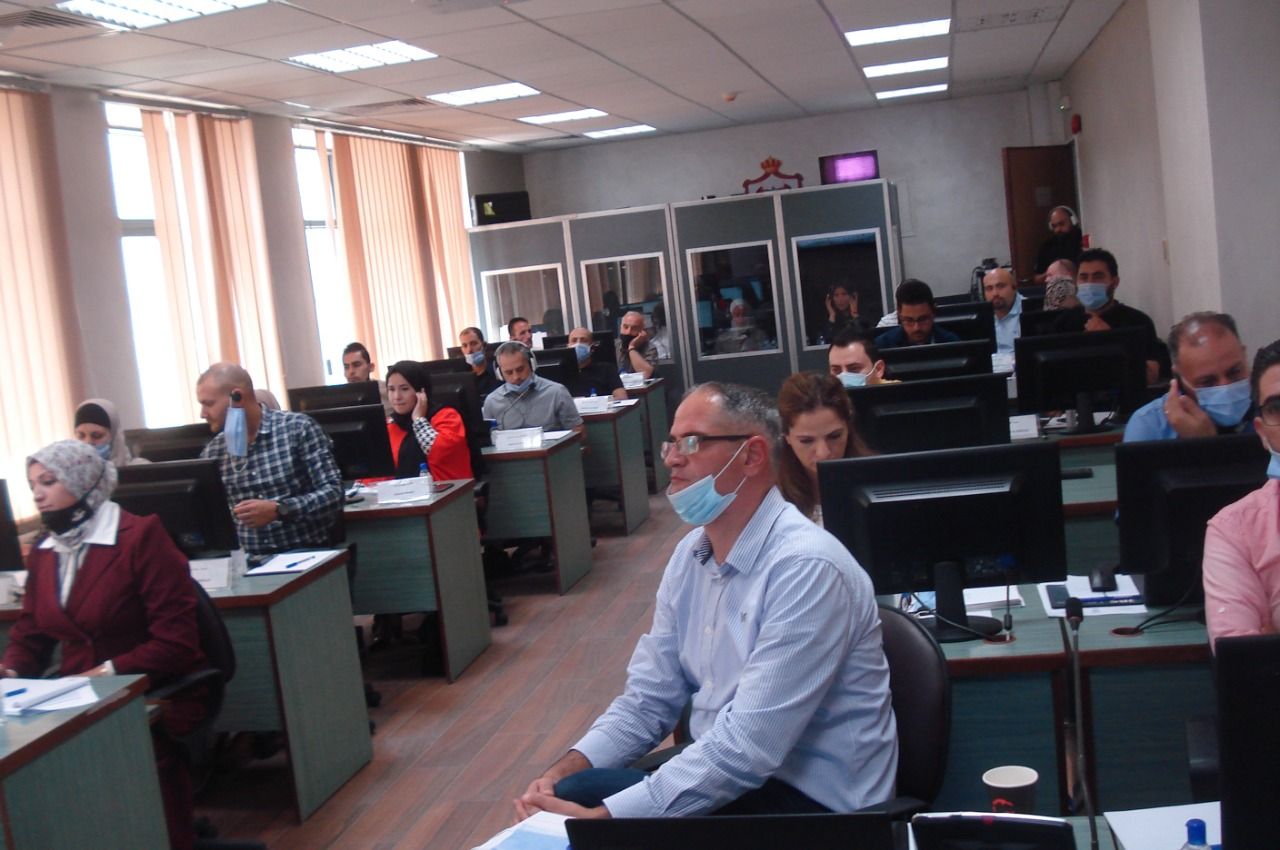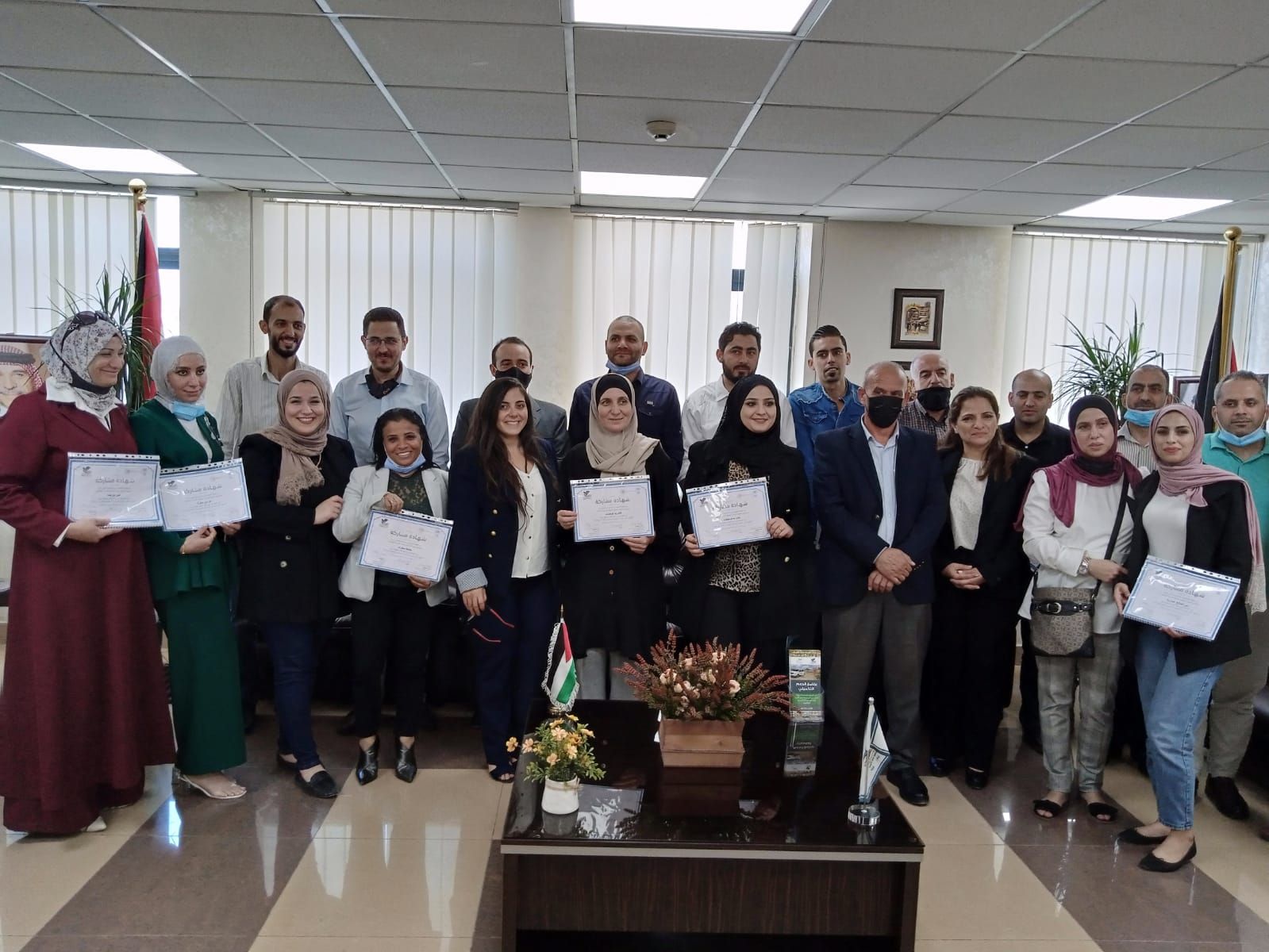This training workshop provided Jordan's social policy makers and Jordan's National Aid Fund (NAF) managers with preliminary results of the Social Protection Programme Rapid Assessment Framework (SPPRAF) applied to TAKAFUL 1 data. The workshop also provided hands-on capacity development for a first batch of NAF employees on how to apply the analytical framework.
The workshop/training addressed various requests of Jordan's National Aid Fund that are related to the general concerns and interests of social assistance programme's managers. It moreover tapped into the analytical potential provided by the wealth of administrative record data which are frequently collected during the implementation of a social assistance programmes’ identification, registration and needs assessment phase. These data and information can be analyzed by the SPPRAF tool in view of improving a social assistance programmes’ efficiency and effectiveness.
The SPPRAF tool is particularly helpful if policy makers and programme managers wish to:
- Profile beneficiaries: The tool allows identifying socio-demographic characteristics of the programme beneficiaries, clustering individuals with similar profiles in groups and visualizing structural factors that make them vulnerable. Once the common characteristics and groups are identified it is possible to devise targeted services meeting the needs of specific beneficiary groups and allowing to reduce their vulnerability in the long run.
- Evaluate the relevance of targeting characteristics: The tool allows for the ranking of selection variables according to their impact on the poverty score and eligibility/non-eligibility of applicants and thereby enables the targeting methodology to be continuously updated and improved (i.e. validity test for PMT criteria).
- Evaluate coverage: The tool allows to identify individuals with potential inclusion and exclusion errors. While a complete inspection will require the personalized evaluation of the individuals, this technique helps the policy maker to do a rapid screening and focus the resources on the individuals more likely to be misplaced in the system. This is achieved by analyzing current beneficiaries to identify those individuals whose situation might have changed (and who could thus potentially graduate from the programme) and those who might meet the criteria to participate in the programme but who are not currently enrolled in the programme.
- Evaluation beneficiaries: the tool aims to measure the impact of a social assistance programme on its beneficiaries and unveil characteristics that hint at beneficiaries’ potential to successfully graduate from the programme.
The workshop/training introduced participants to the SPPRAF analytical framework designed for policy makers to deliver assessment of social assistance programmes and identify ways to improve them in terms of their effectiveness, targeting and coverage.
The workshop has two training components:
- the first in-depth component – the training – was designed for technical experts in charge of beneficiary databases, targeting and programme assessment. The capacity of these experts was enhanced to deliver systematic ongoing quantitative analysis of social assistance programme’s database and make data-driven policy recommendations that improve efficiency and effectiveness of social assistance programmes;
- the second component – the results workshop – was devised for high-level policy makers overseeing implementation of the social assistance programmes. The component’s objective was to strengthen the capacity of policy-makers to obtain evidence to inform policy decisions that improve efficiency and effectiveness of social assistance programmes (specifically TAKAFUL 1) and presented them with preliminary results of the data analysis derived from the SPPRAF application.


